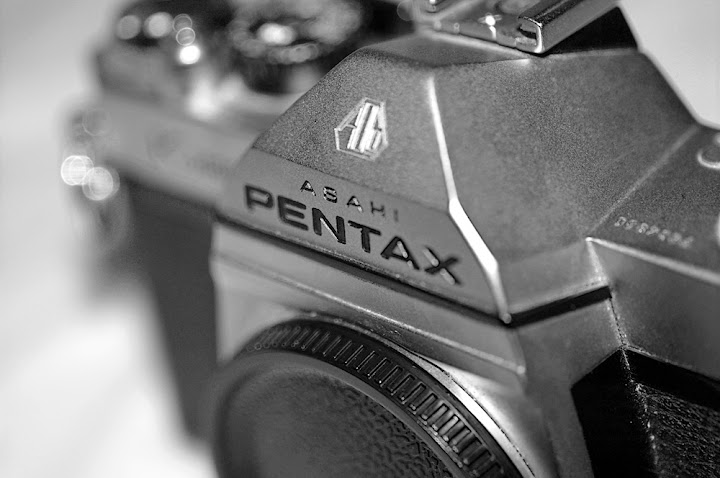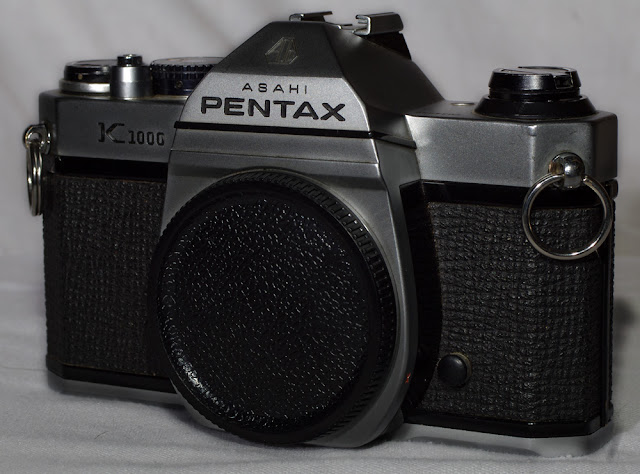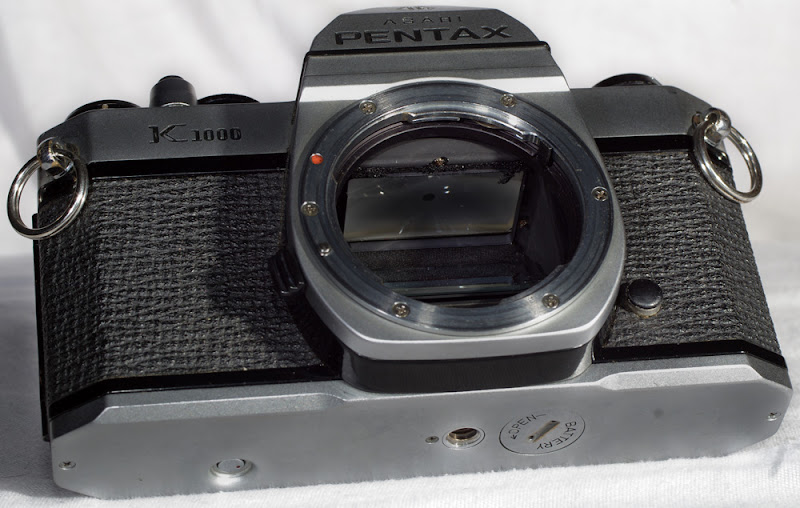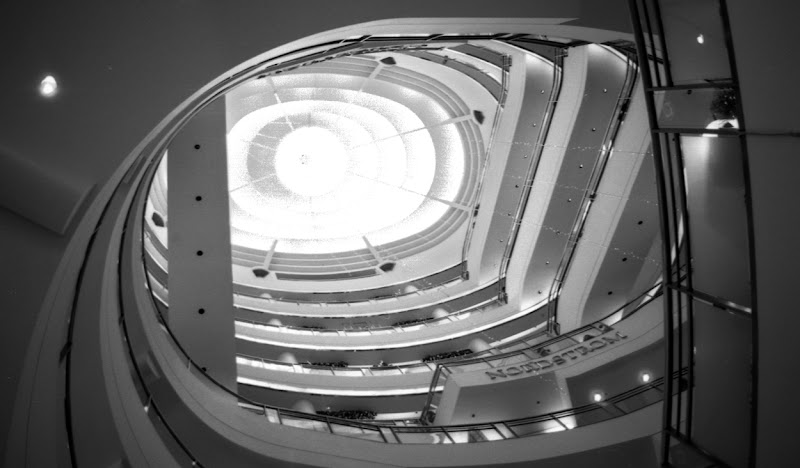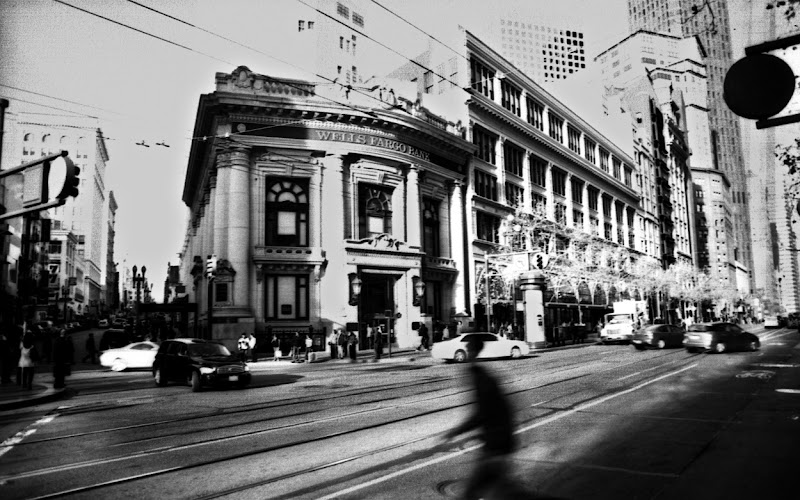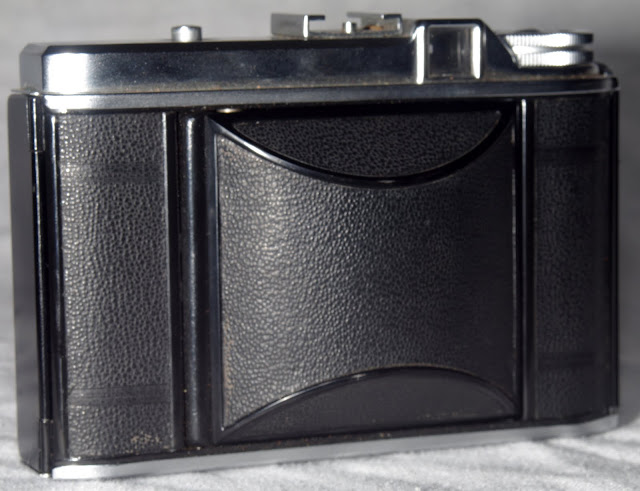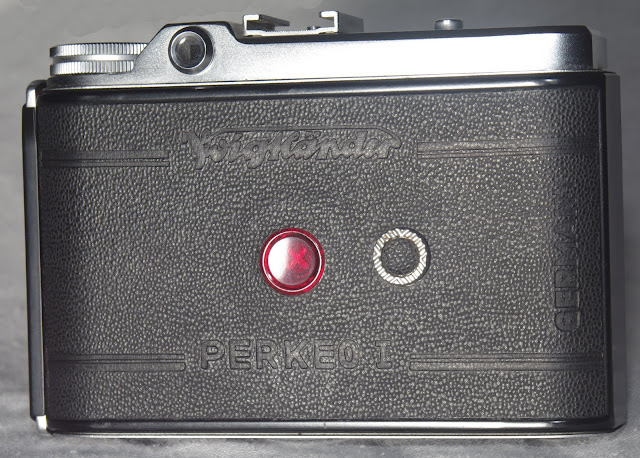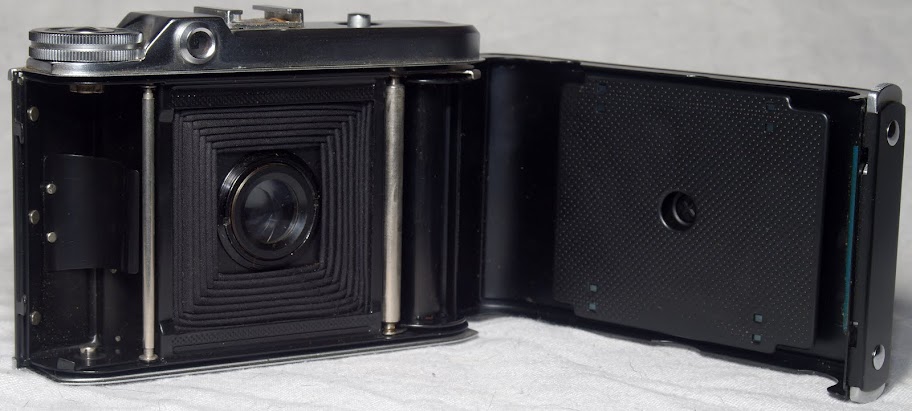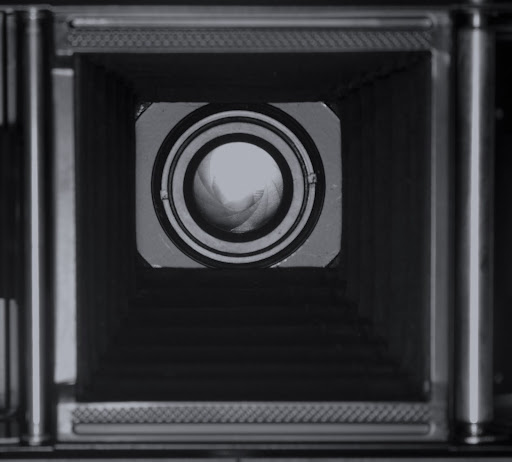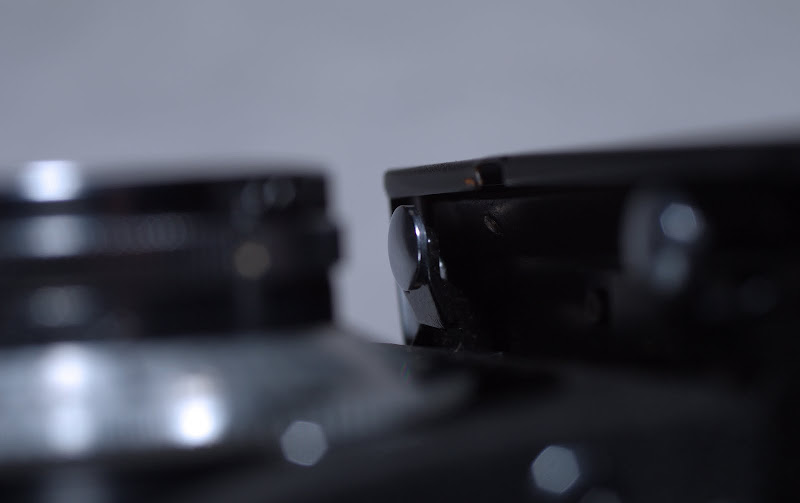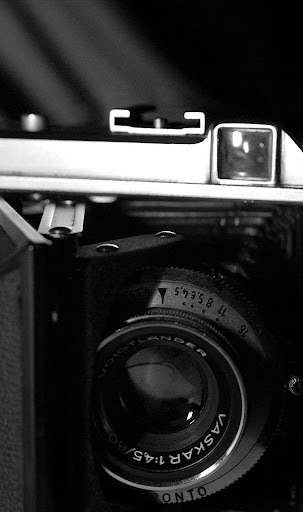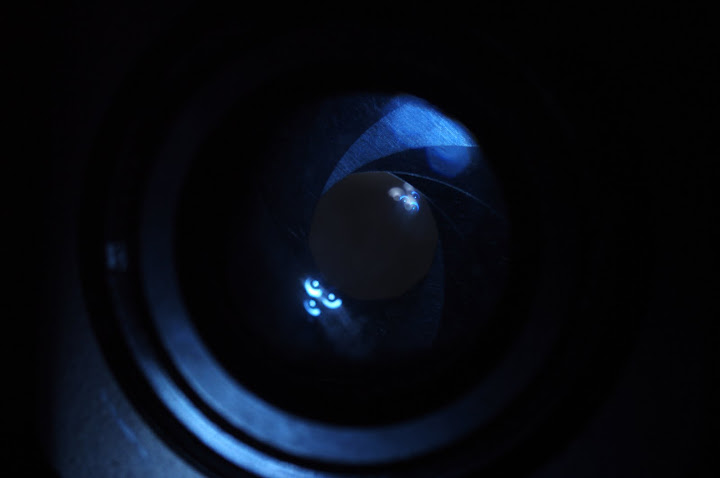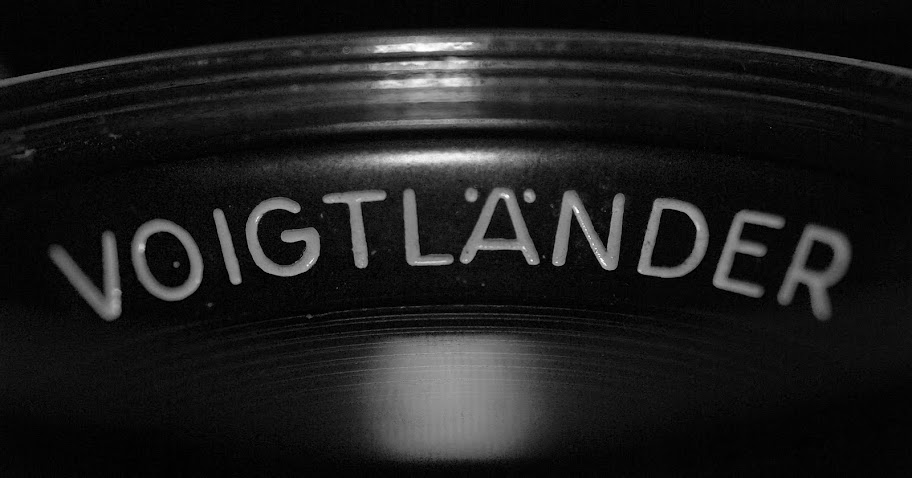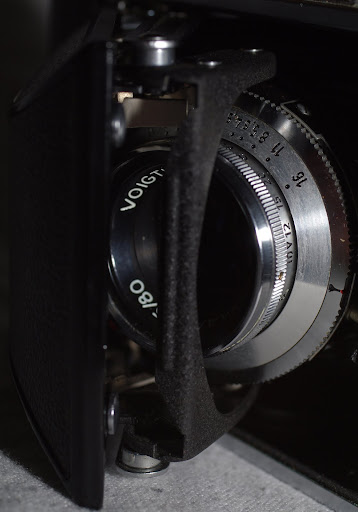
Pentax produced the K1000 for 21 years -- longer than any other model camera in history. In sum, multiple million K1000s came out of factories in Japan, Hong Kong, and China. Aging a K1000 presents a challenge, but telltale manufacturing marks help identify the age. With a 21-year production run, some changes occurred.
Original K1000s were branded Asahi Pentax and stamped Asahi Opt. Co. on the back below the film advance lever. New K1000s (the Chinese-made units), lacked the AOCo logo on the pentaprism (above the words Asahi Pentax.) Chinese-made K1000s, which came from the Chinon factory, also had plastic bases and came in all black. The Chinese-made cameras also state Made in China on the base plates.
My K1000 has some manufacture hints that help determine it's age. 1- The battery cap is a screw-in, not a bayonette. The serial number is on the top and near it a raised bump. There is no stamped country of manufacture, indicating it had been on a sticker when the camera was new. The pentaprism has the AOCo stamp. The fresnel is only a microprism, no split-image focusing screen.
The Pentax Forums users expended substantial effort to compile K1000 serial numbers and data to develop what I believe is a reliable table showing when K1000s were manufactured. If you have a K1000 or are curious, check it out here:
http://www.pentaxforums.com/forums/attachments/pentax-film-slr-discussion/72918d1286730888-k1000-serial-number-database-k1k_order.pdf
This indicates that my camera, serial number 7634930, was part of the first production run between 1976 and 1978. I have always suspected, based on design and weight, that I have an early K1000 that is within a year of my age. In addition, I got the K1000 in 1991, so it had to have been made earlier than that.
Today, many original K1000s still run because Asahi designed it for mechanical simplicity and reliability. This reliability sacrificed some features, however, including a self time, depth of field preview, and mirror lock-up mode. However, these absent features also enabled students to learn photographic fundamentals and advanced photographers to control every key element of obtaining a photograph.
The K1000 entered production with three other cameras, the KX, K2, and KM. The K1000, the most basic of these, sold for a few hundred dollars early in its production run, a price which changed little over its lifetime. Of note, in the late 1970s, $300 was much more than today and the K1000 represented a substantial investment, despite being an affordable camera option.
Nikon and Canon beat Pentax to the bayonette mount revolution, but Pentax, arguably, did it best. Any K mount Pentax can use any K mount Pentax lens. Some of the most recent K mount lenses are gelded, so they present limited usability. In addition, many third-party K mount lenses can be used (though some require minor modification on newer cameras.)
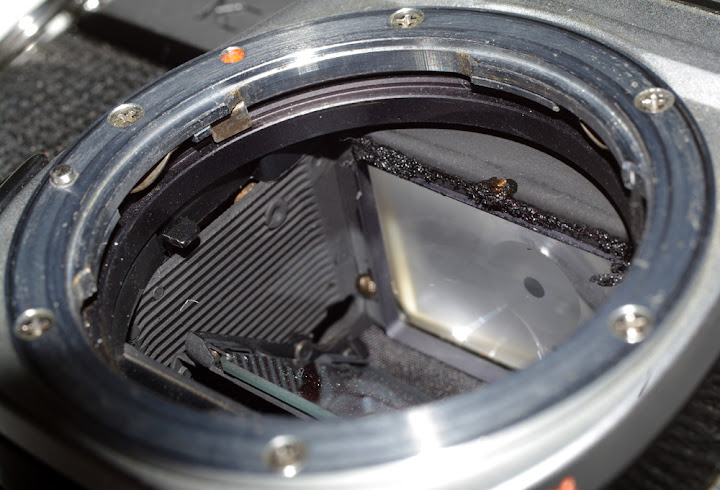 My K1000 was my first SLR and still the one for which I have the most affection. My Nikon F3 may have more functions, my Canon RT and Nikon N70 may have more modern features, and my Nikon FTN may be my most durable, but my K1000 was the first and still the simplest. It is one of millions but remains an impressively useful, reliable, and steadfast camera ready to perform and capture high-quality photographs any time I grab a lens. For those of you new to photography or interested in a trying a different camera, seriously consider the K1000. It will help connect you with photography's manual roots, roots which will allow you to control and finely craft precise pictures.
My K1000 was my first SLR and still the one for which I have the most affection. My Nikon F3 may have more functions, my Canon RT and Nikon N70 may have more modern features, and my Nikon FTN may be my most durable, but my K1000 was the first and still the simplest. It is one of millions but remains an impressively useful, reliable, and steadfast camera ready to perform and capture high-quality photographs any time I grab a lens. For those of you new to photography or interested in a trying a different camera, seriously consider the K1000. It will help connect you with photography's manual roots, roots which will allow you to control and finely craft precise pictures.